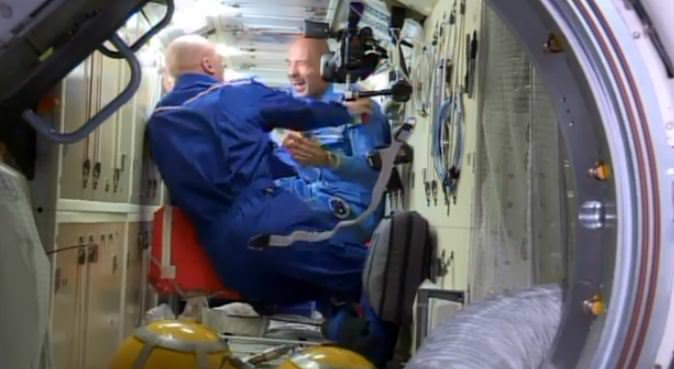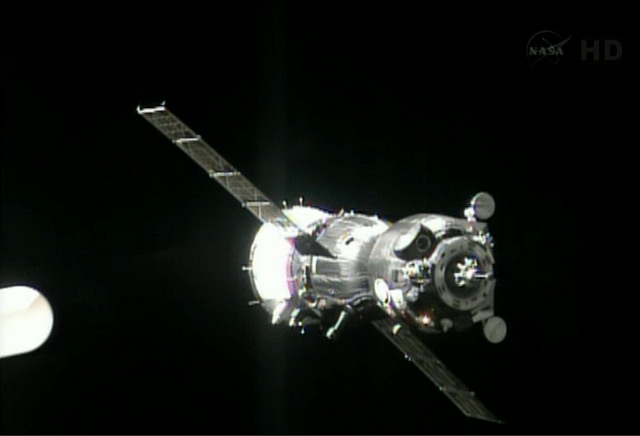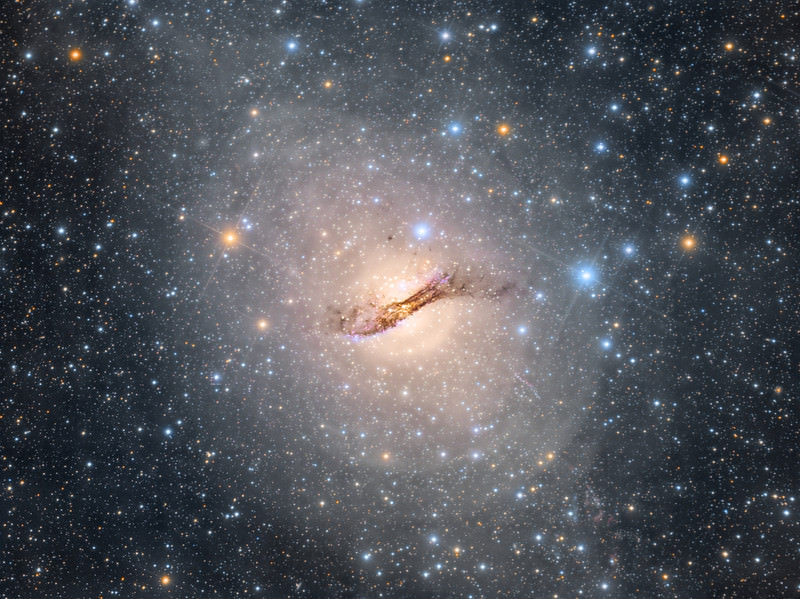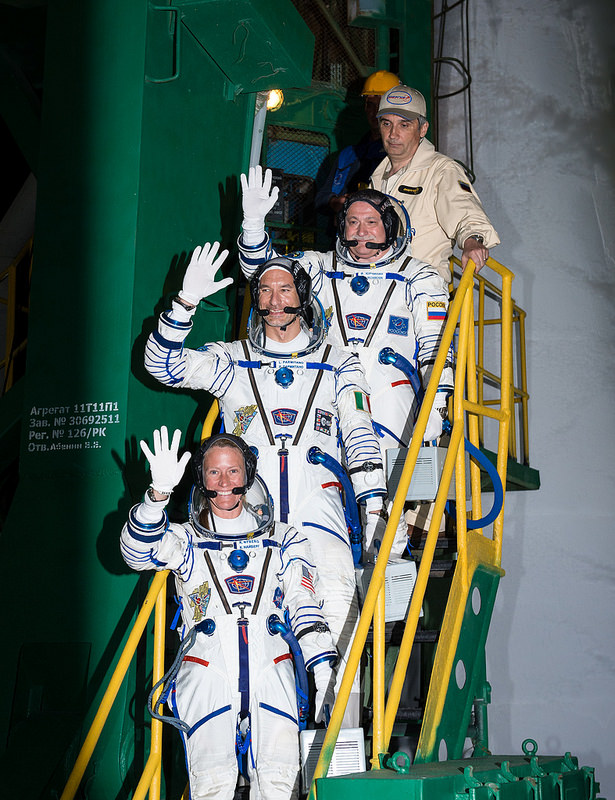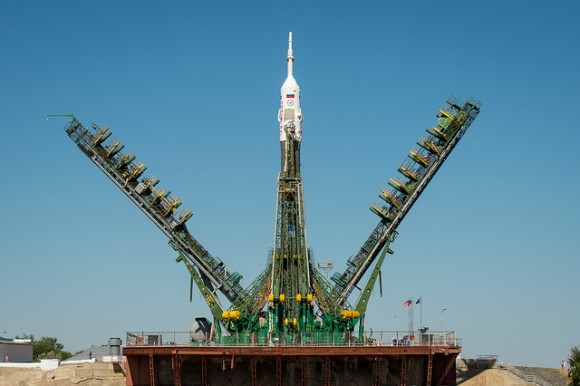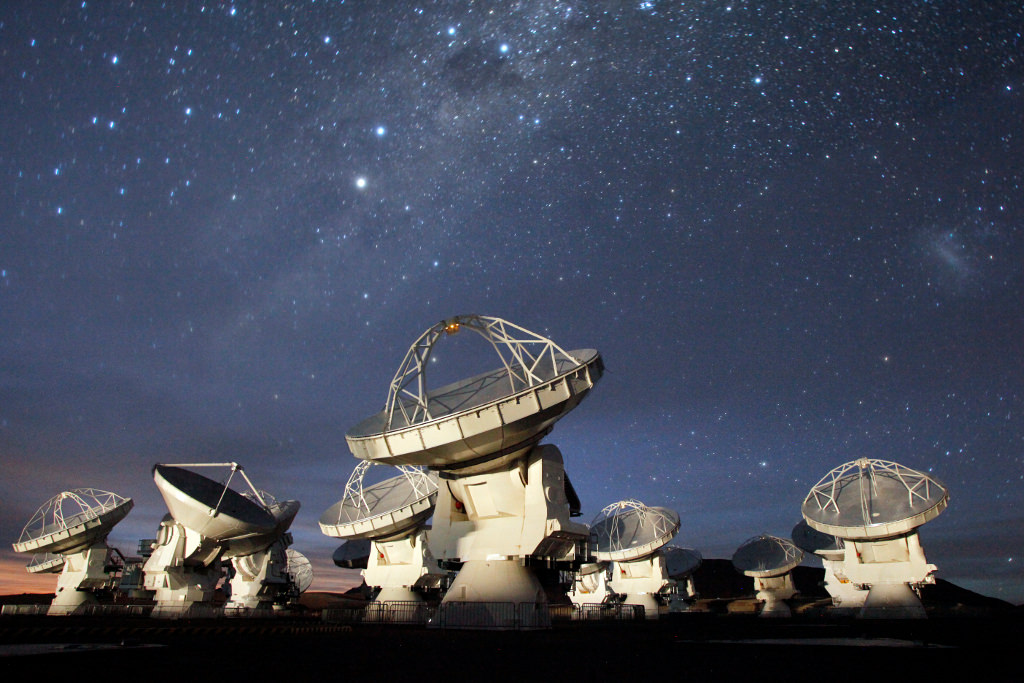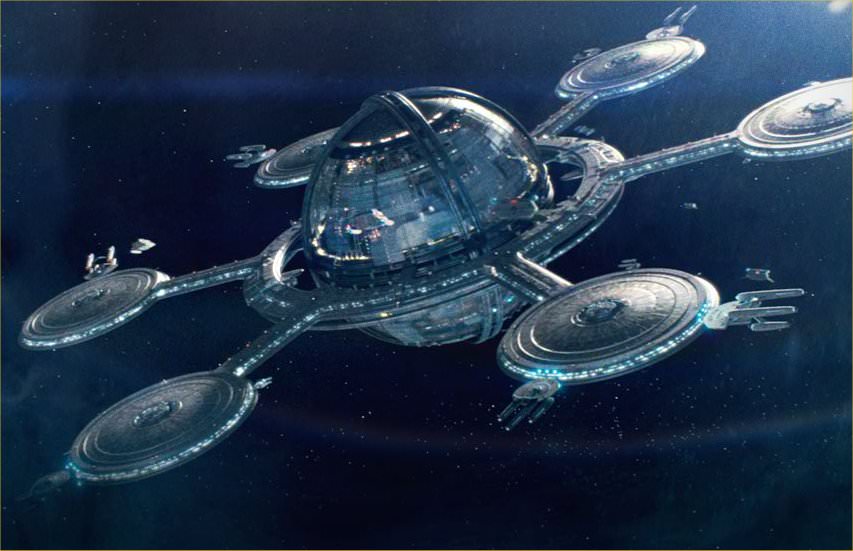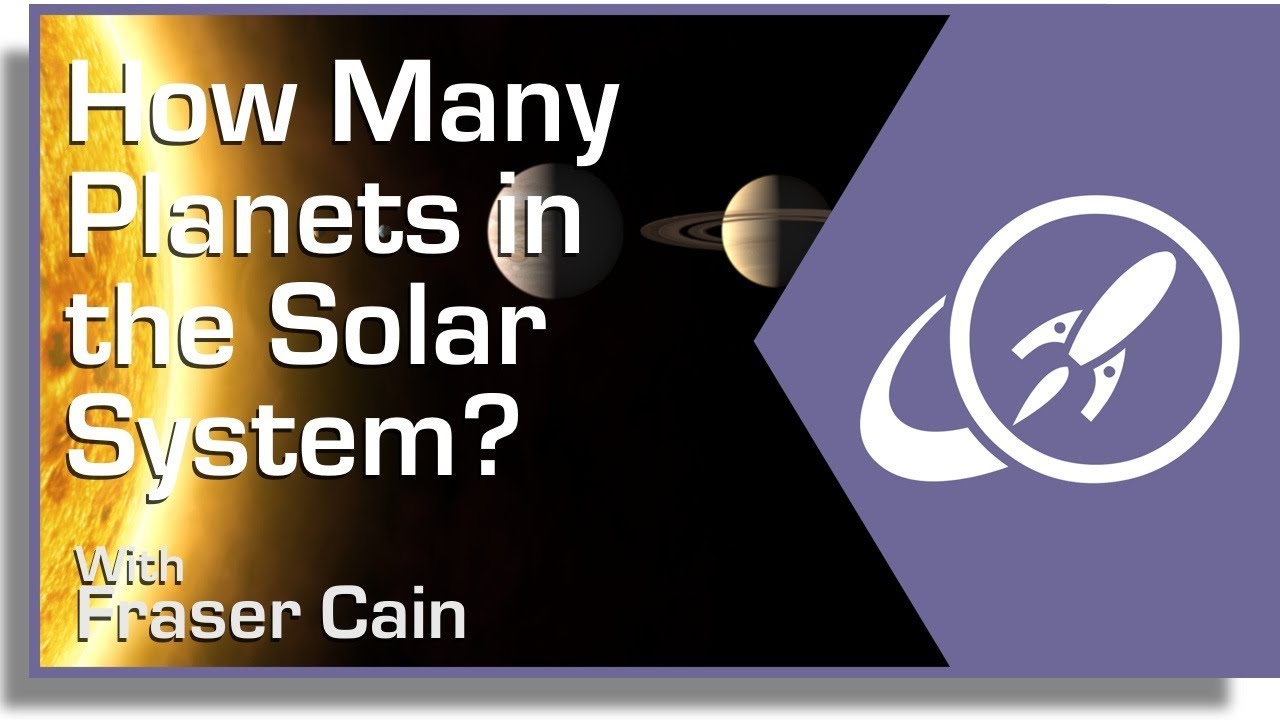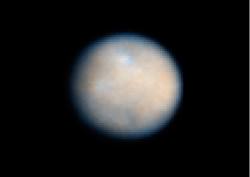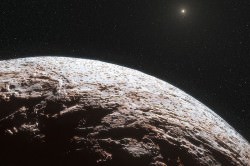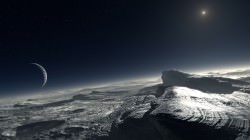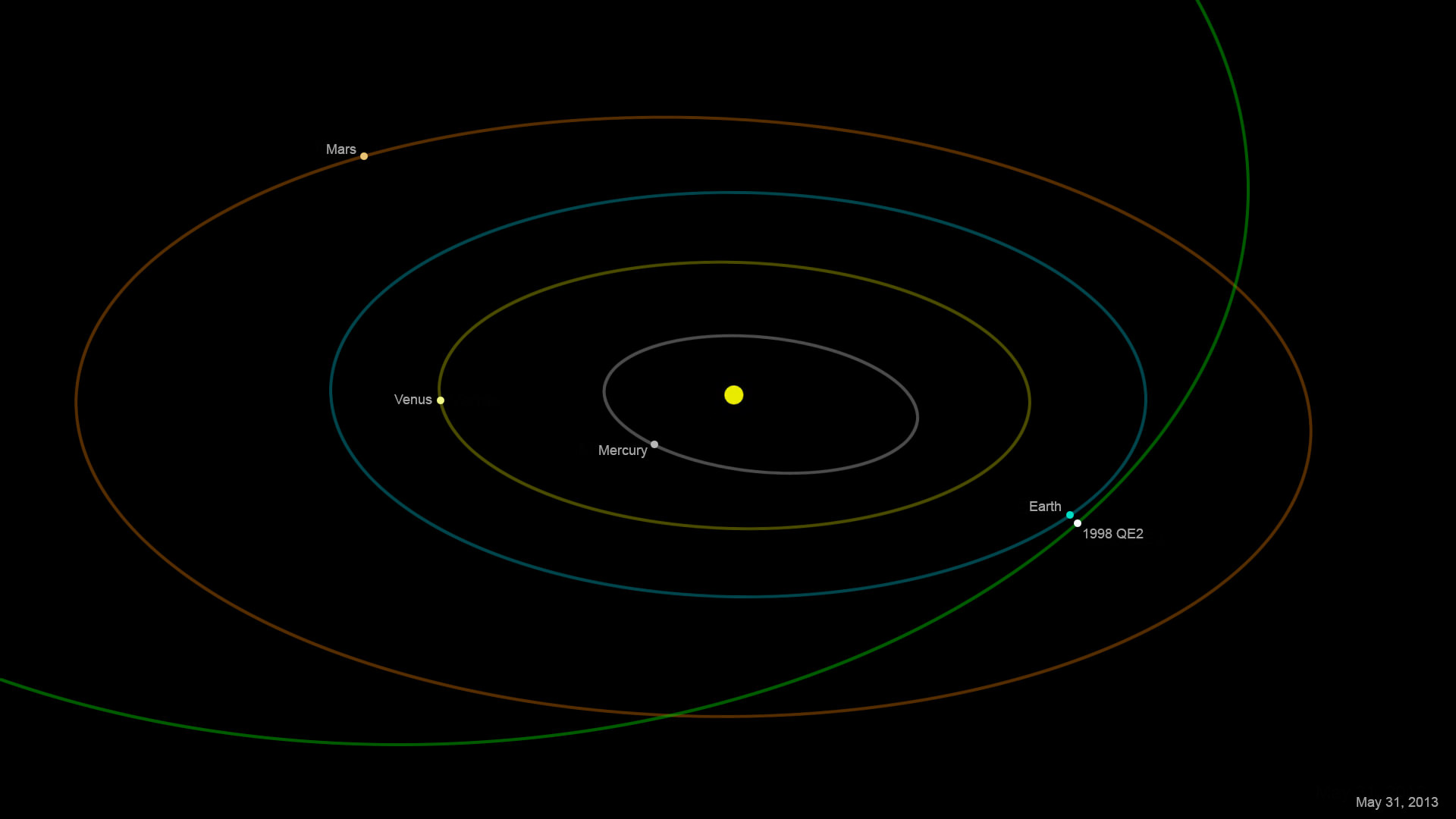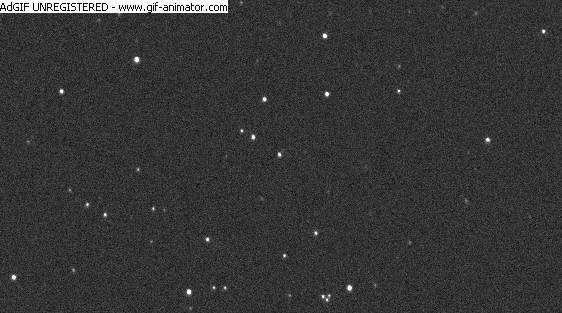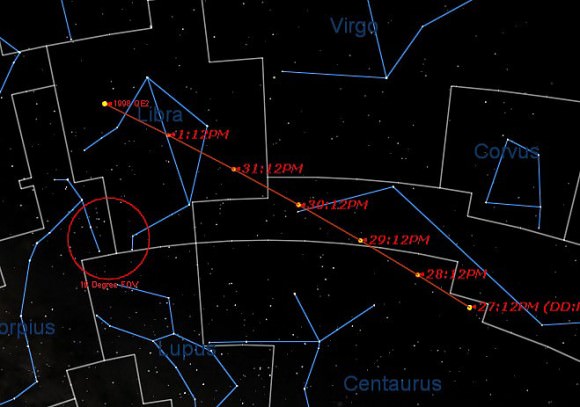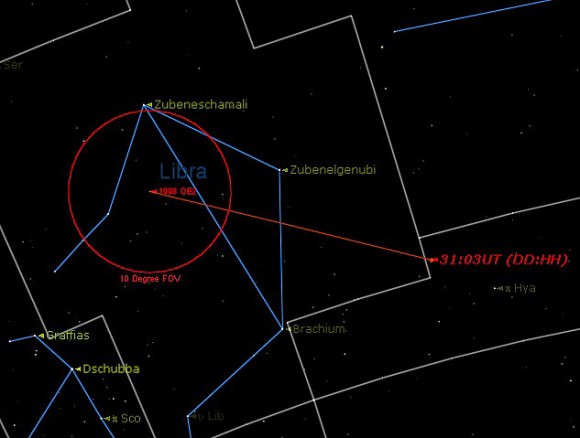International Space Station astronaut Chris Cassidy surprised the new crew arriving at the station earlier today, welcoming them aboard with a new look: he shaved his head to match his new crewmate, Luca Parmitano, who always sports a bald noggin. You can watch the video below to see Parmitano’s reaction.
During a televised video conference with family after the crew came aboard, Parmitano said Cassidy looked awesome.
Parmitano, Russian Fyodor Yurchikhin, and NASA’s Karen Nyberg docked their Soyuz to the station’s Rassvet module at 02:16 UTC on May 29 (10:16 p.m. EDT on May 28).
During the video conference, Nyberg’s husband and fellow astronaut Doug Hurley said the crew looked good, but “there are way too many bald guys on space station right now. Have a great time up there.”
Now with a full crew compliment of six, Expedition 36 will operate full throttle the next five and a half months, and perform up to six spacewalks, and welcome four cargo ships, including the exciting maiden visit of the Cygnus commercial cargo craft built by Orbital Sciences Corporation (tentatively scheduled for sometime in June), as well as ESA’s “Albert Einstein” Automated Transfer Vehicle-4 in June, a Russian Progress cargo craft in July and the Japan Aerospace Exploration Agency’s H-II Transfer Vehicle-4 in August.
Five of the spacewalks will prepare for the installation of the Russian Multipurpose Laboratory Module in December, and a spacewalk scheduled for November 9, 2013 will bring an Olympic torch outside the ISS.
Among the scientific research the crew has on tap are the Hip Quantitative Computed Tomography (QCT) experiment, which will evaluate countermeasures to prevent the loss of bone density seen during long-duration space missions. The experiment, which uses 3-D analysis to collect detailed information on the quality of astronauts’ hip bones, also will increase understanding of osteoporosis on Earth.
The station’s crew will continue research into how plants grow, leading to more efficient crops on Earth and improving understanding of how future crews could grow their own food in space. The crew also will test a new portable gas monitor designed to help analyze the environment inside the spacecraft and continue fuel and combustion experiments that past crews have undertaken. Studying how fire behaves in space will have a direct impact on future spaceflight and could lead to cleaner, more efficient combustion engines on Earth.
The trio of Cassidy, Pavel Vinogradov and Alexander Misurkin will return to Earth aboard their Soyuz TMA-08M spacecraft in September. Their departure will mark the beginning of Expedition 37 under the command of Yurchikhin, who along with crewmates Nyberg and Parmitano will maintain the station as a three-person crew until the arrival of three additional flight engineers in late September. Yurchikhin, Nyberg and Parmitano are scheduled to return to Earth in November.

